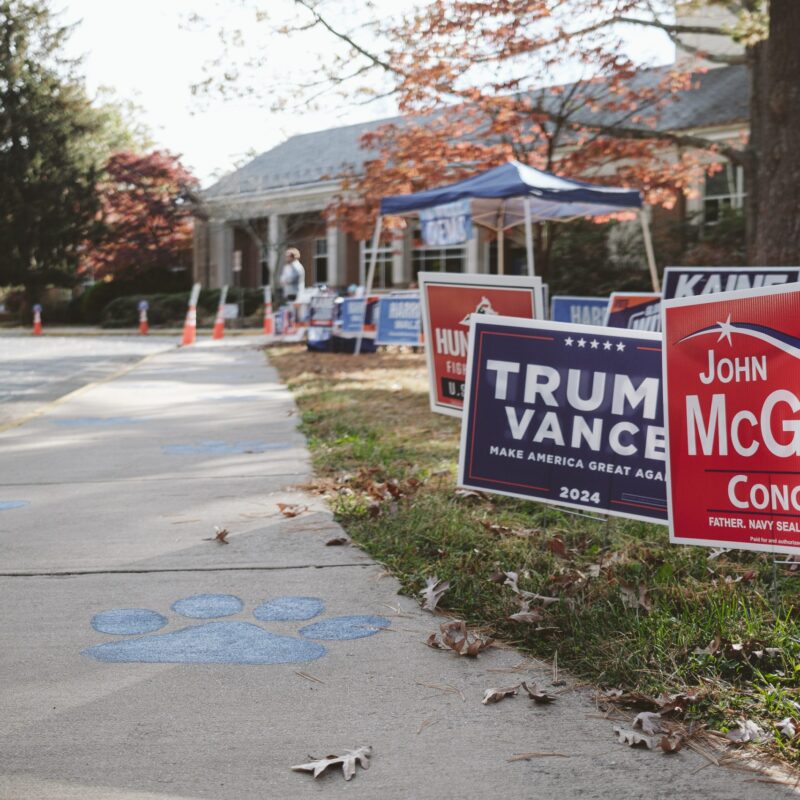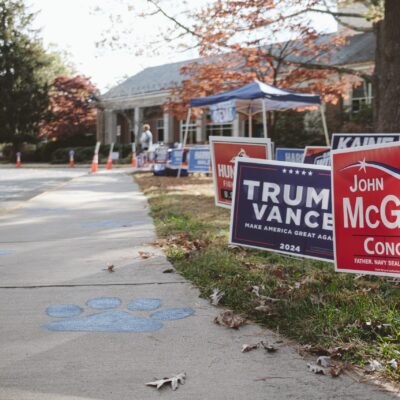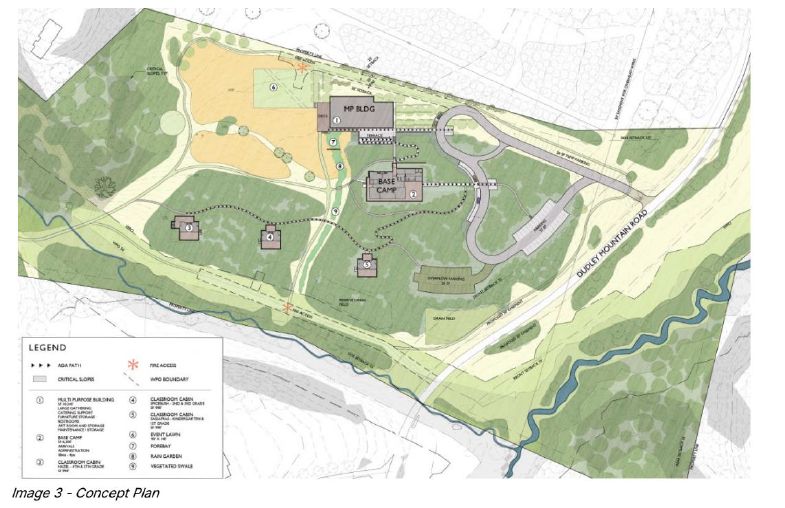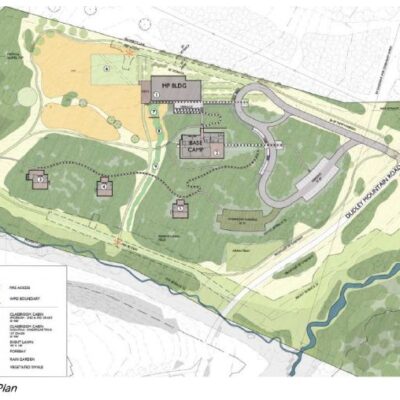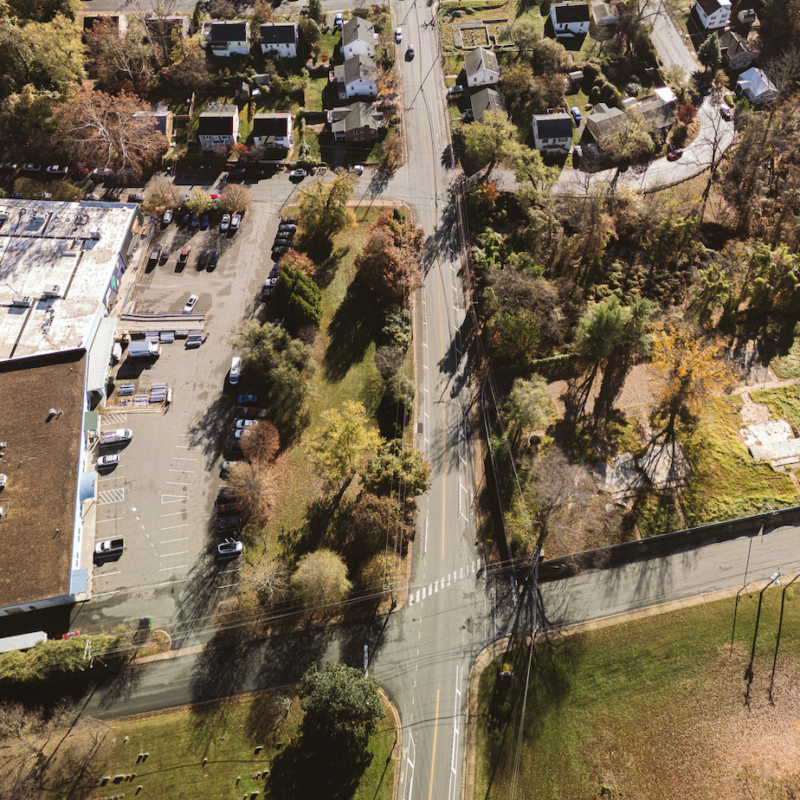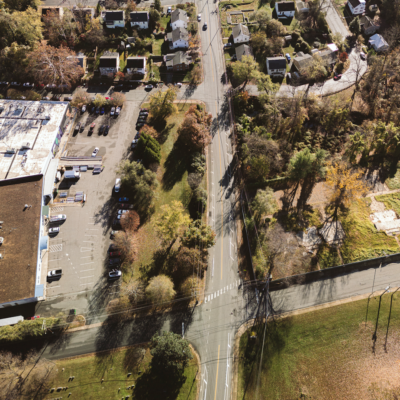Before it was demolished in the late 1960s, Vinegar Hill was black Charlottesville’s cultural and commercial hub from Reconstruction through the Jim Crow era. The neighborhood was declared “blighted” during the ill-conceived urban renewal movement of the Civil Rights era. For the next 20 years, Vinegar Hill remained a vacant lot, the blunt legacy of political failure.
UVA professors Scot French and Reginald Butler have spent three years sorting and digitally archiving the documentation concerning Vinegar Hill, where now stands the Omni Hotel, the Federal Courthouse and the Staples shopping center. The profs, largely working for the Carter G. Woodson Institute’s Center for the Study of Local Knowledge, collected over 1,600 files, including oral histories, surveyors’ reports, advertisements and contemporary accounts. The goal of “Virtual Vinegar Hill: Preserving an African American Memoryscape” is to resurrect the neighborhood on the Web in the form of an easily navigable database, similar to a virtual Jamestown already online at the Virginia Center for Digital History.
 This furniture store came down as part of the urban renewal project that cleared the "blighted" neighborhood known as Vinegar Hill in the late 1960s. UVA profs are putting together a virtual Vinegar Hill that will be accessible online. |
At a presentation on February 24, Professor French emphasized to a crowd at West Main First Baptist Church the community’s richness rather than its fate. He said that Virtual Vinegar Hill will do justice to the hundreds of black homeowners and entrepreneurs who prospered in Charlottesville: “It wasn’t [the residents’] failure but their success that helps explain the passage of Jim Crow legislation. I don’t think the story has to be entirely depressing and traumatic.”
“Environment is an important way of connecting to the past,” French notes, “but you’ve got to do the hard work.” Though Virtual Vinegar Hill is not yet completed, for a slideshow of photos and interactive images, visit www.albemarlehistory.org.
